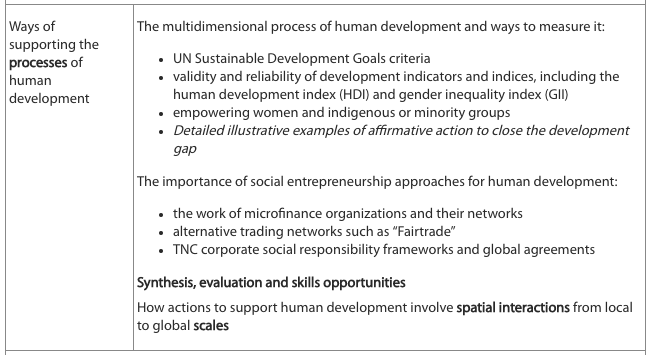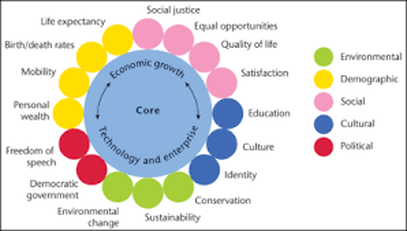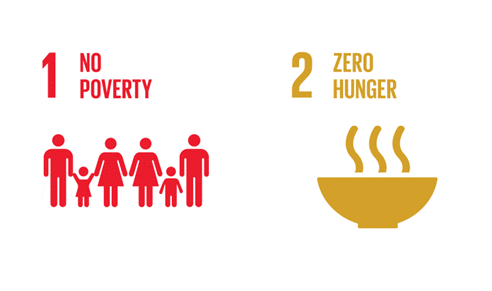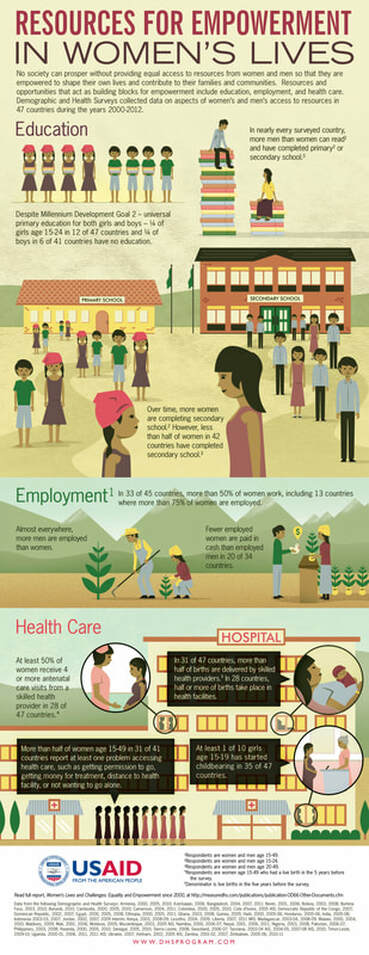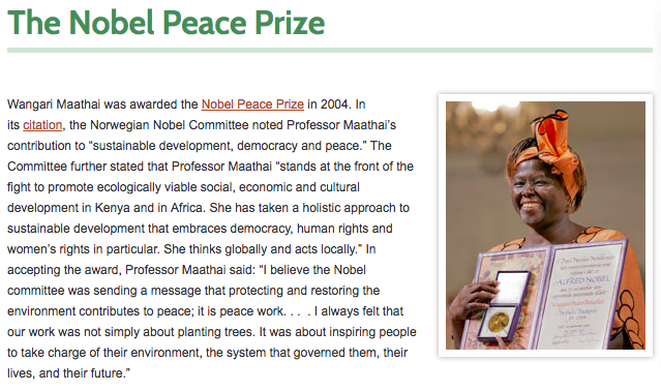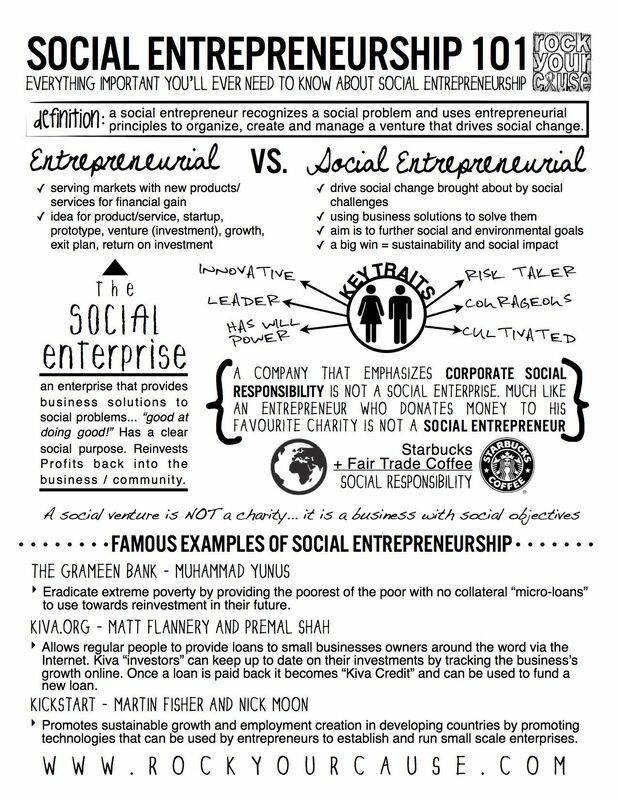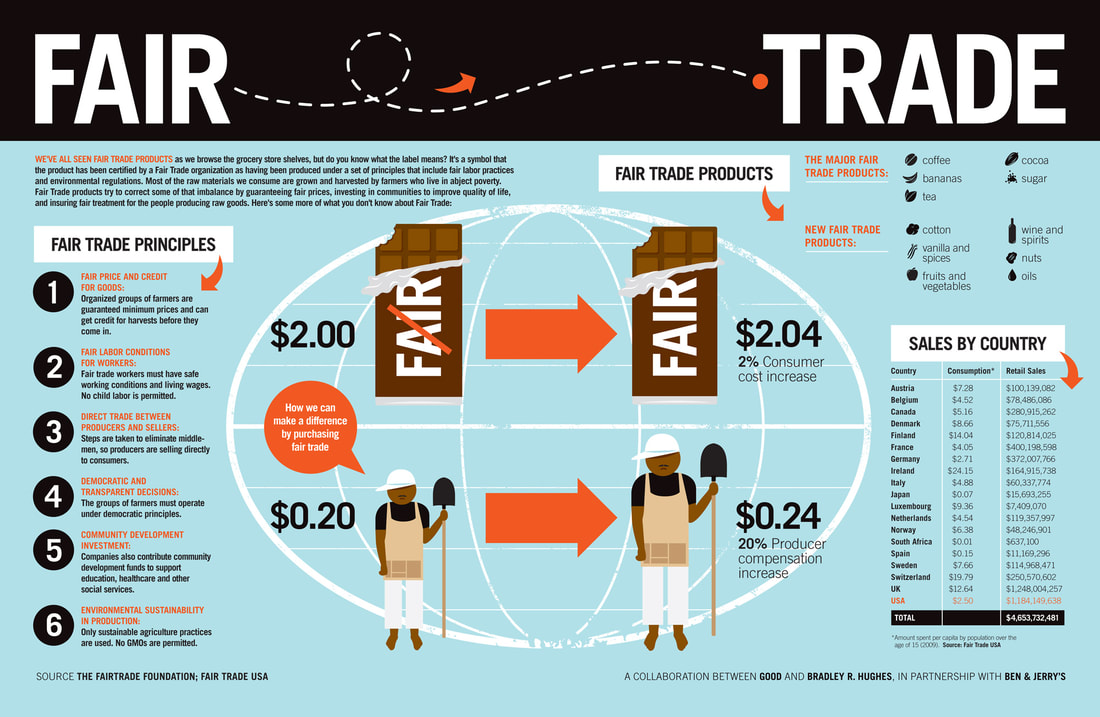1. Development Opportunities
Syllabus Outline: Ways of supporting the processes of human development
Key Terms
Development Indicators: Validity & Reliability
The multidimensional process of human development and ways to measure it:
|
|
|
|
Activity: Human Development Introduction
Activity: Measuring human development
Article: Middle classes drive up life expectancy in Sub-Saharan Africa
Validity and reliability of development indicators and indices, including the human development index (HDI) and gender inequality index (GII)
The UN HDI
|
|
|
|
The Gender Inequality Index
|
|
|
The UN Sustainable Development Goals
|
|
|
|
Website: UN SDG knowledge platform
Website: Un SDG data atlas
Visuals: UN SDG Progress and ranking
PDF: Evaluating progress on the UN SDGs
PDF: Thai sufficiency and the SDGs
Empowering Woman & Indigenous Groups
Detailed illustrative examples of affirmative action to close the development gap
Activity: Empowerment & affirmative action notes
Empowering Woman
|
|
|
Rwanda Case Study
|
|
|
The Greenbelt Movement - Gender and Sustainable Development
|
|
|
|
Empowering Indigenous Groups
The Maori in Kaikoura, New Zealand
|
|
|
The Importance of Social Entrepreneurship Approaches
The importance of social entrepreneurship approaches for human development:
|
|
|
|
Microfinance
|
|
|
|
|
Website: Kiva
Webpage: About Kiva
Webpage: The journey of a Kiva loan
Act!: Make a loan, change a life
Fairtrade
|
|
|
|
|
Webpage: Fairtrade foundation
NIST Example: FairNIST Coffee
NIST Example: Priceless - Organic rice
Article: Fairtrade only really benefits supermarkets
Website: Fairtrade foundation
Article: Fairtrade only really benefits supermarkets
Nist Example: FairNIST Coffee
NIST Example: Priceless
Thai example: Doi Tung - From opium to coffee
Article: Fairtrade only really benefits supermarkets
Nist Example: FairNIST Coffee
NIST Example: Priceless
Thai example: Doi Tung - From opium to coffee
TNC Corporate Social Responsibility
|
|
|
|
Website: Patagonia CSR
Website: Patagonia's revolutionary CSR approach
Article: 38 charged with Rana Plaza deaths
Article: 5 years on safety hangs in the balance
Global Corporate Agreements
|
|
|
|
Extension
|
|
|
|

